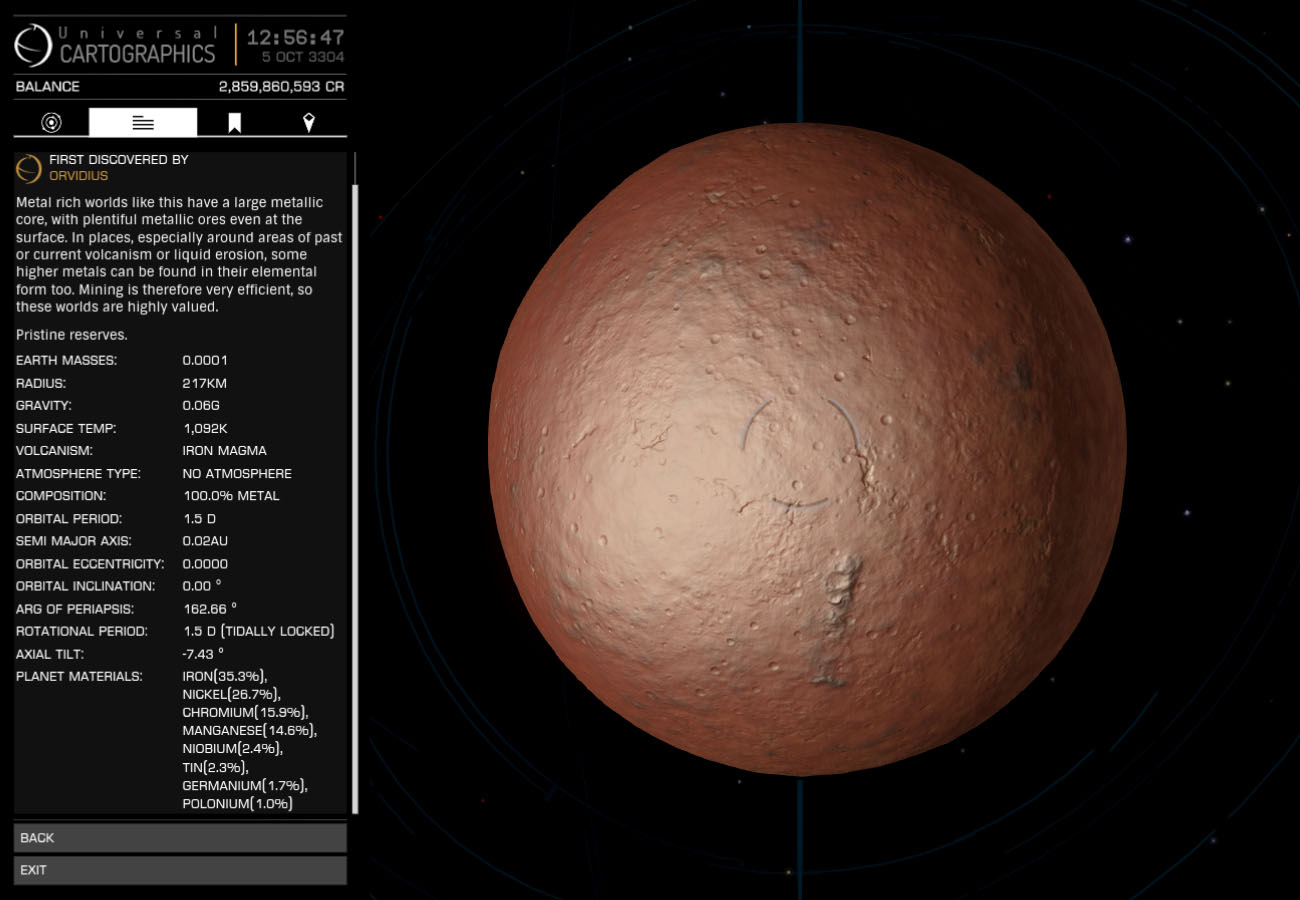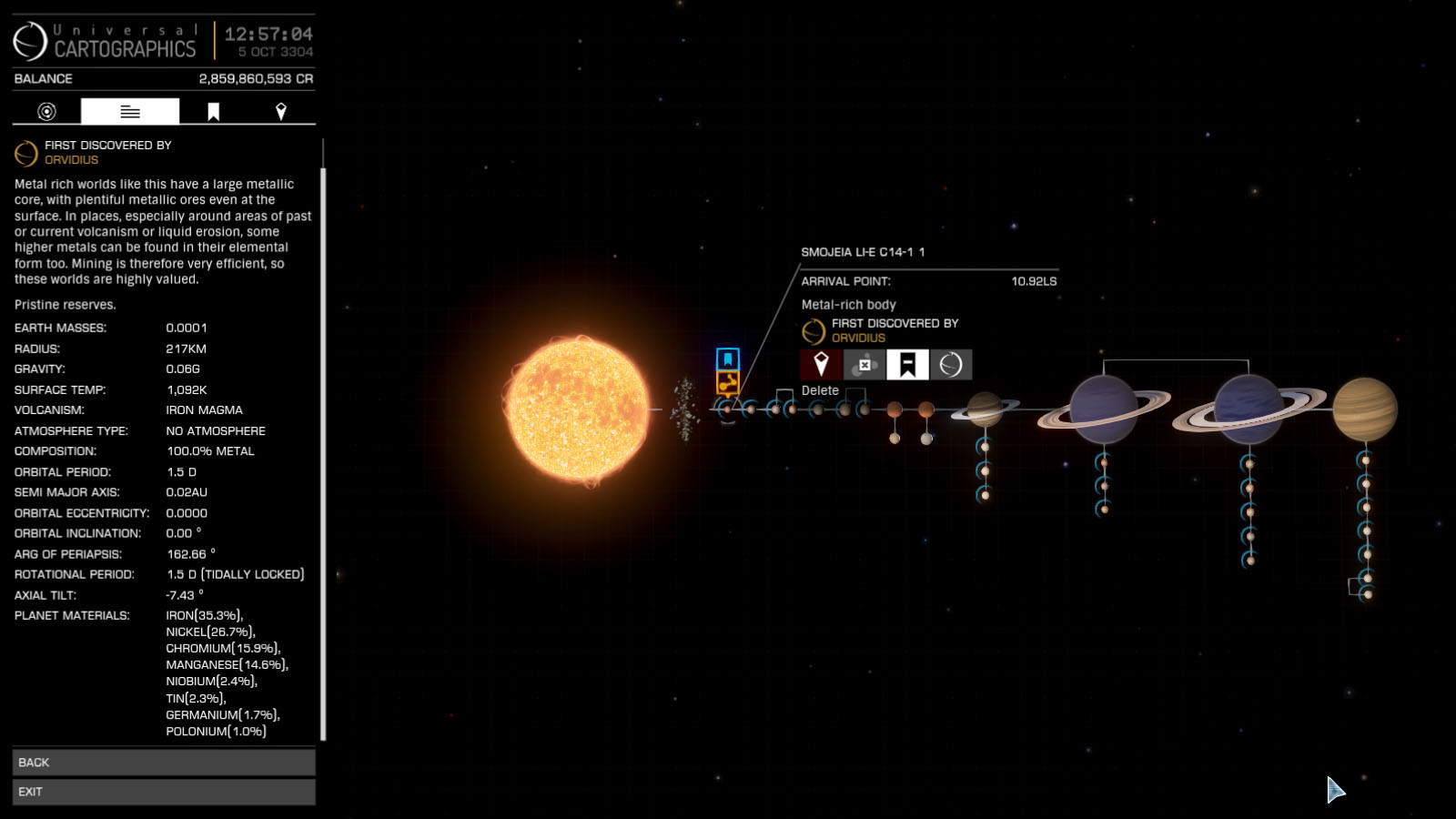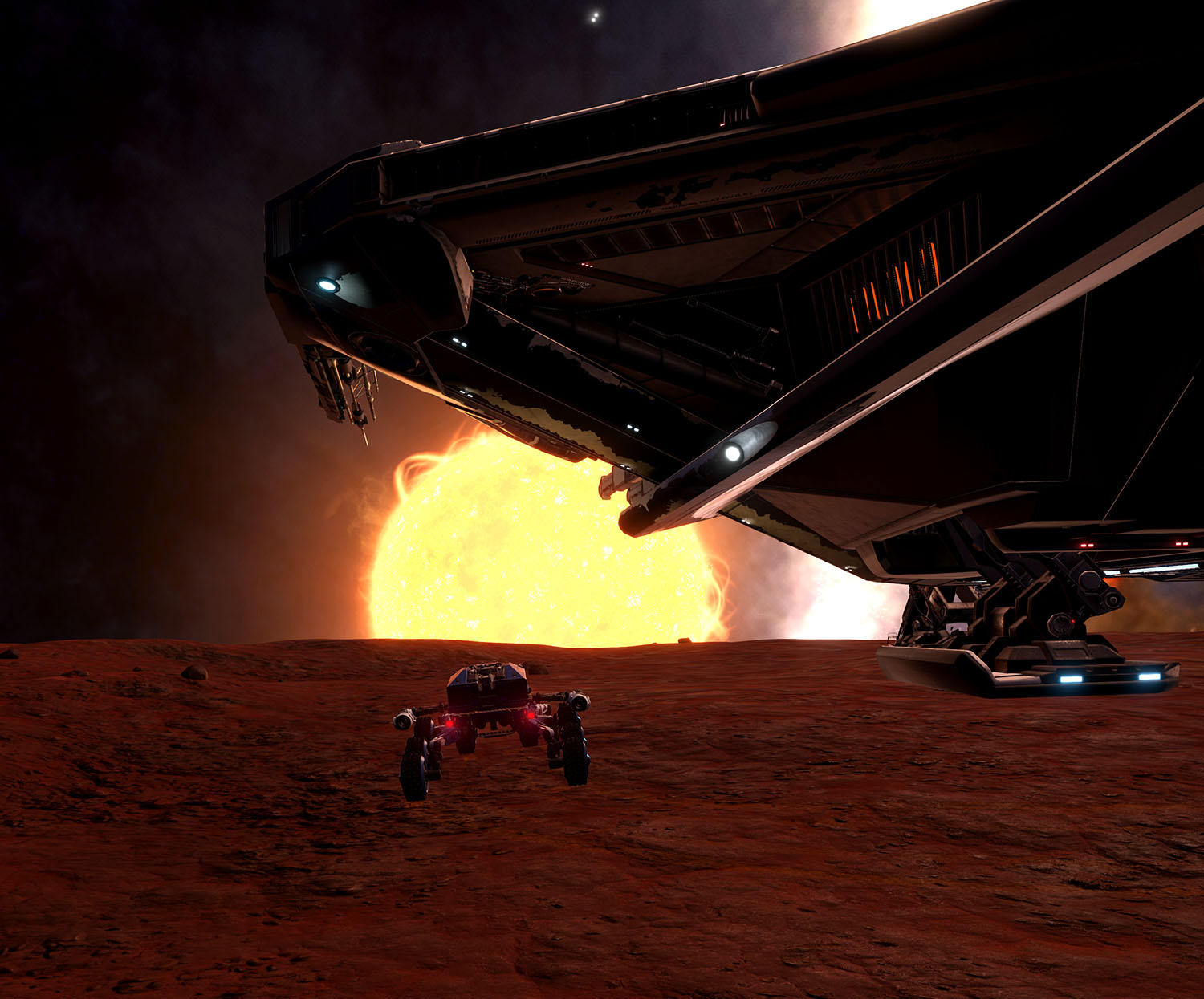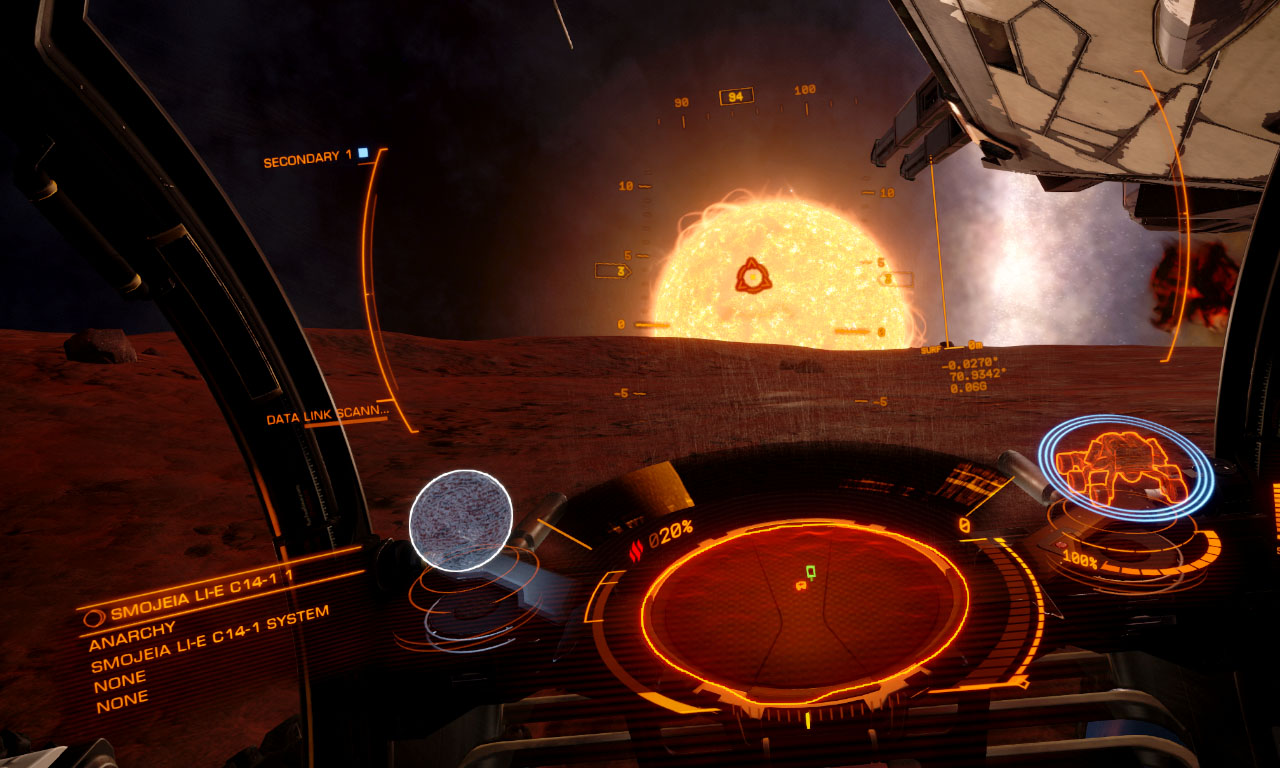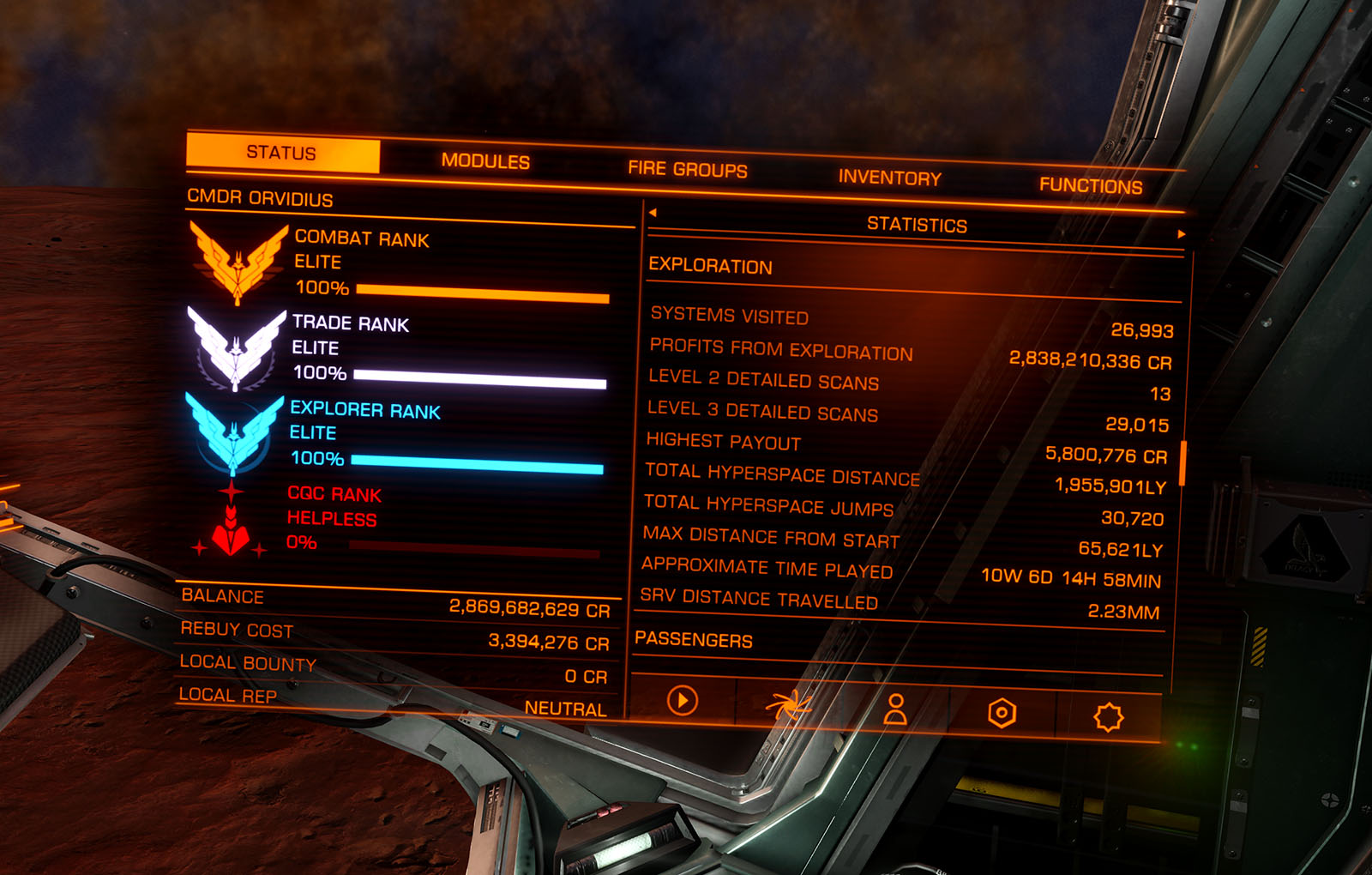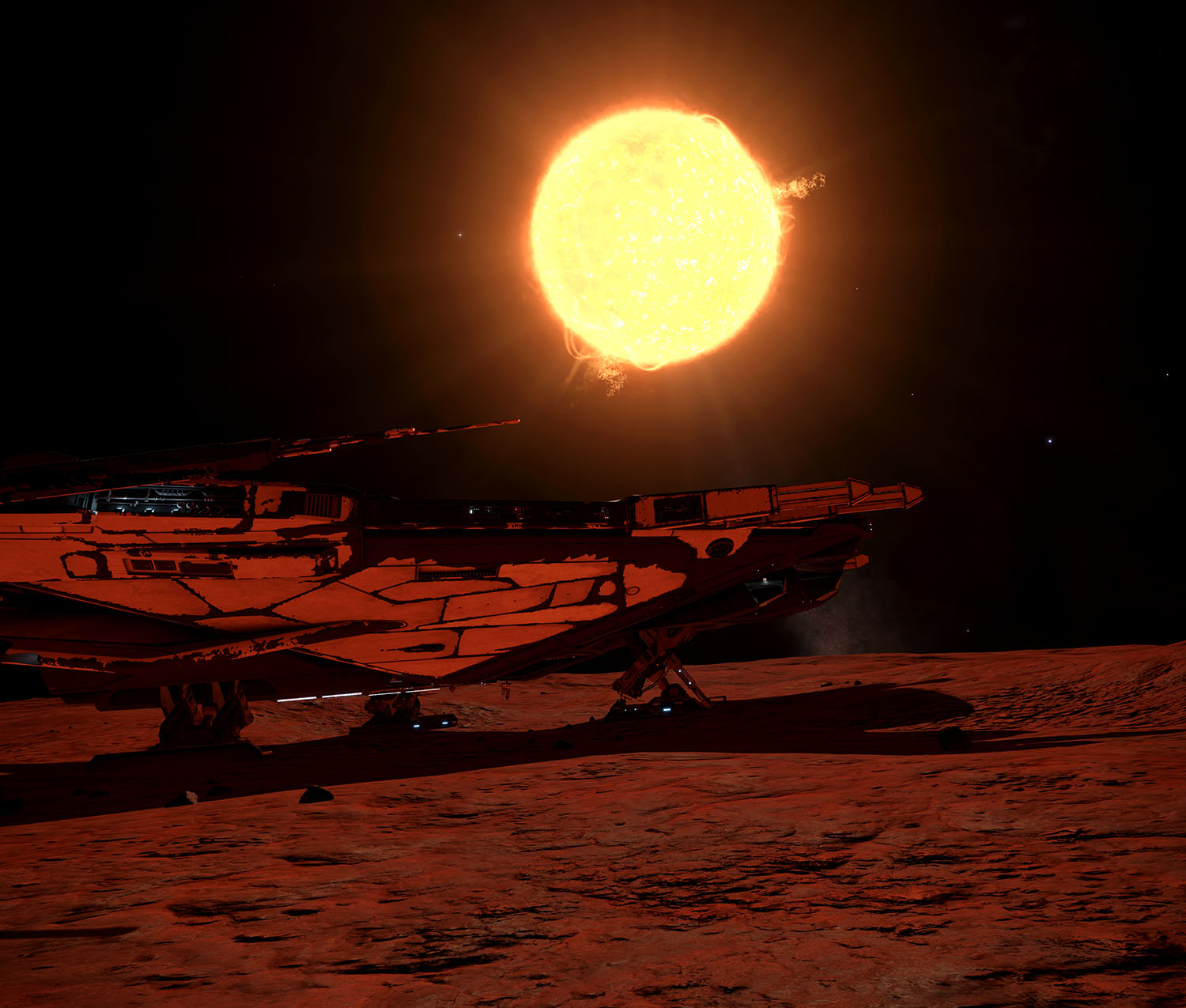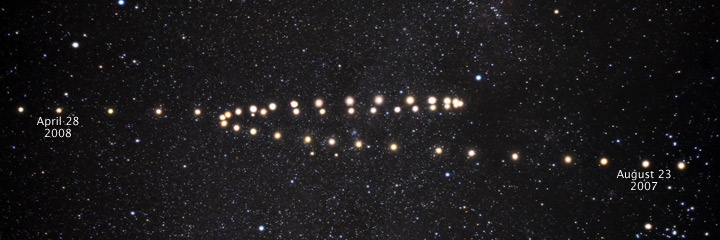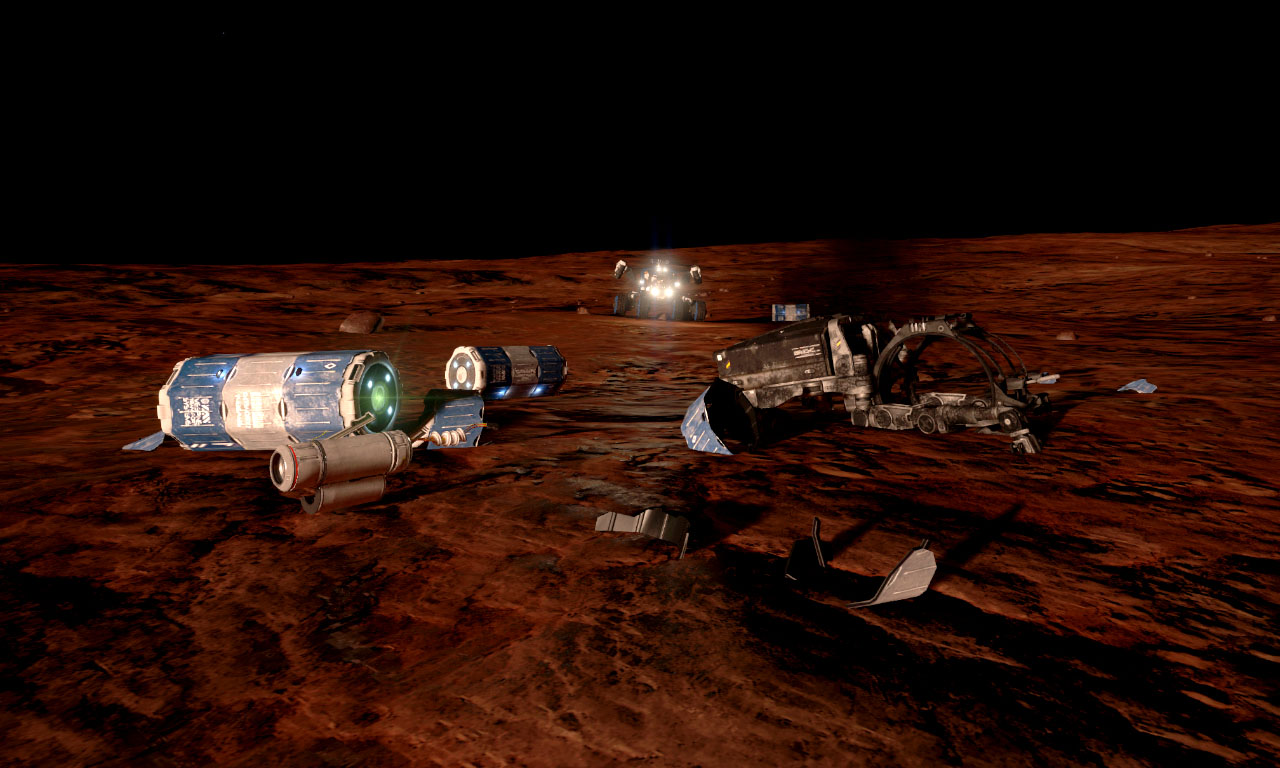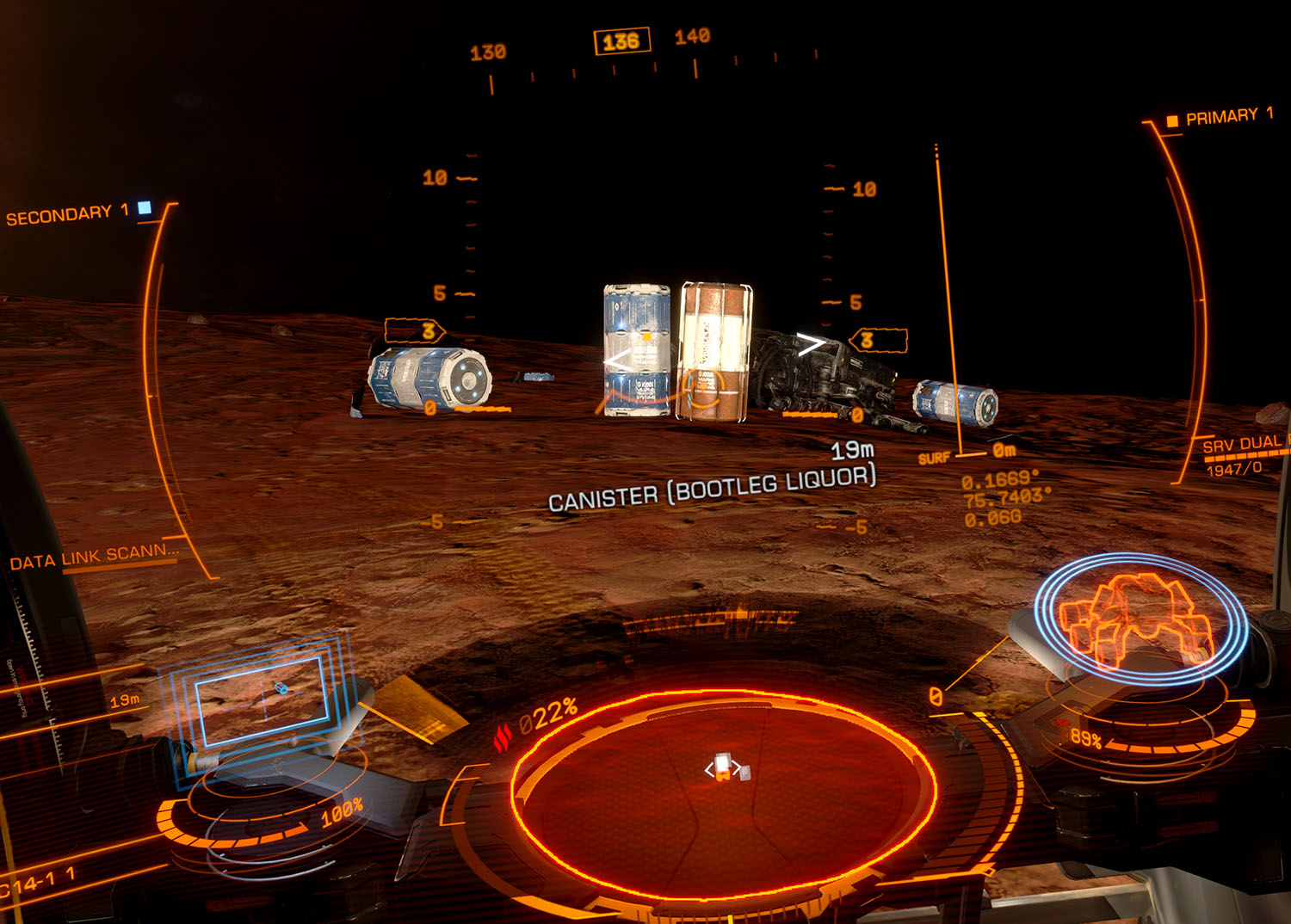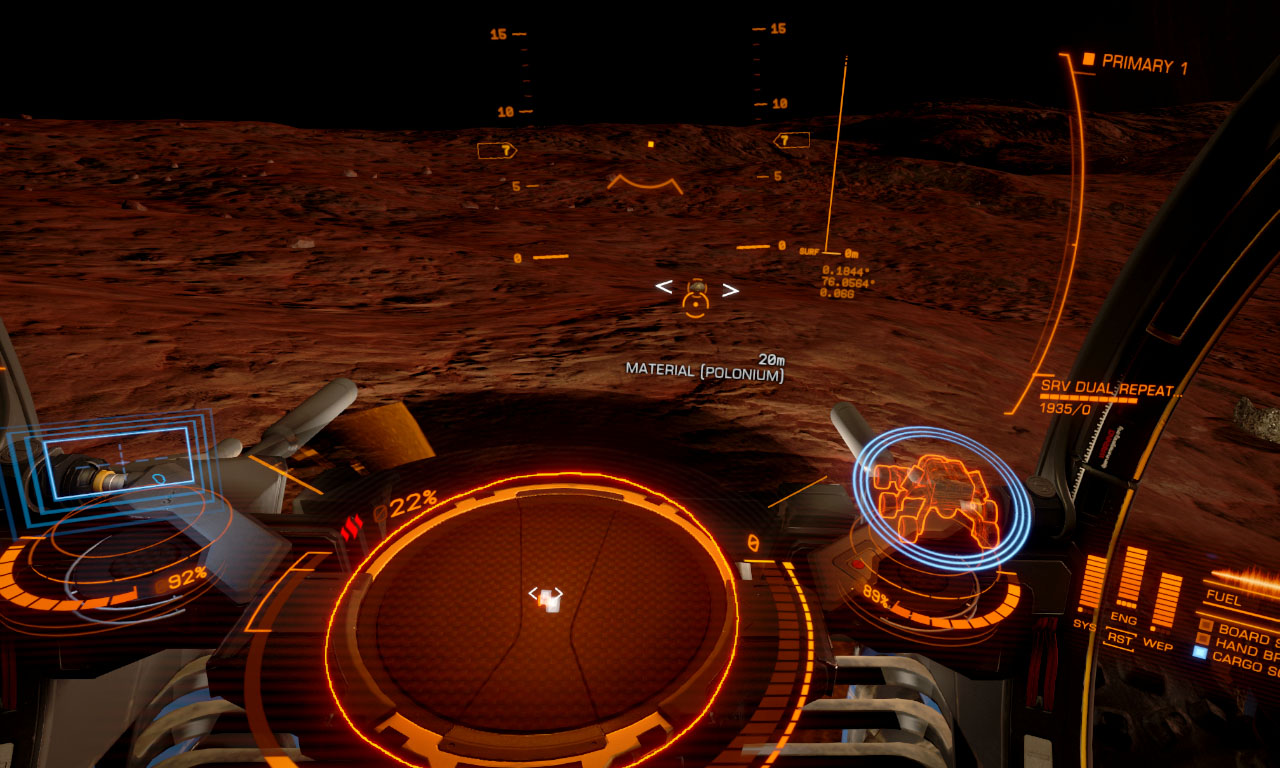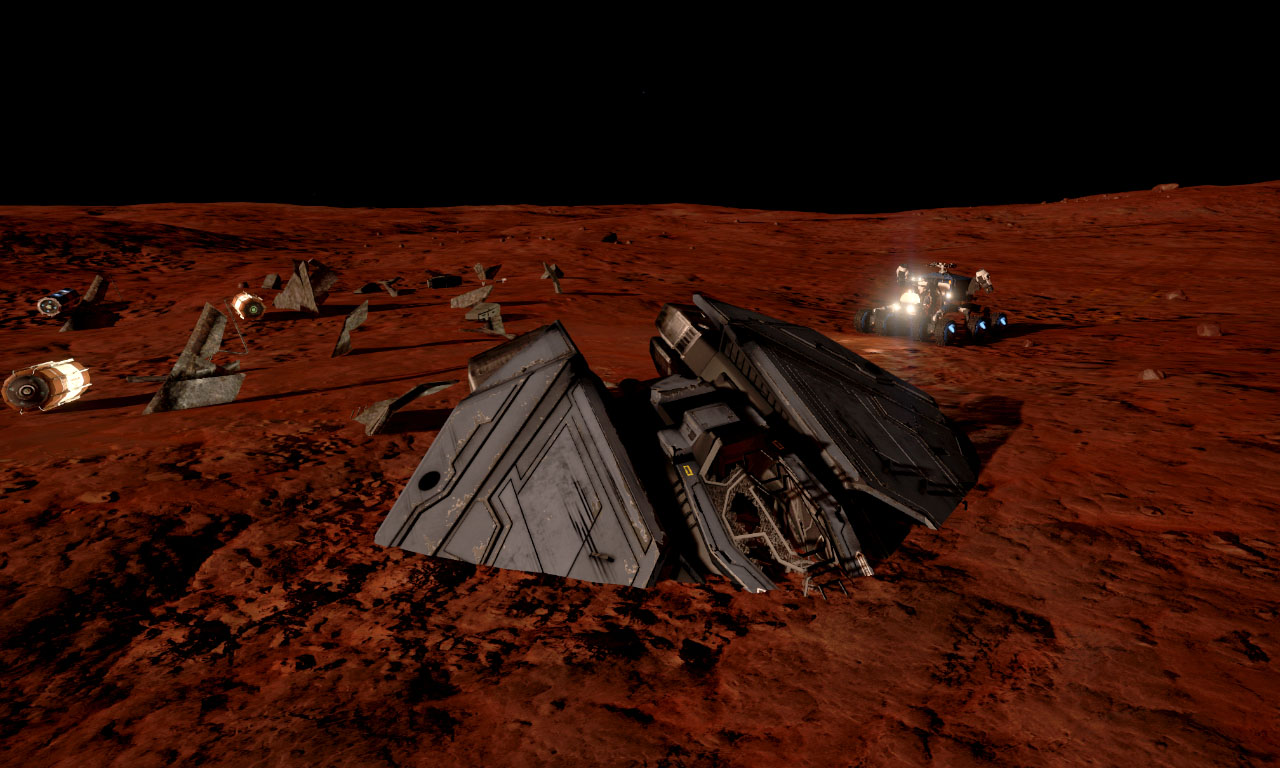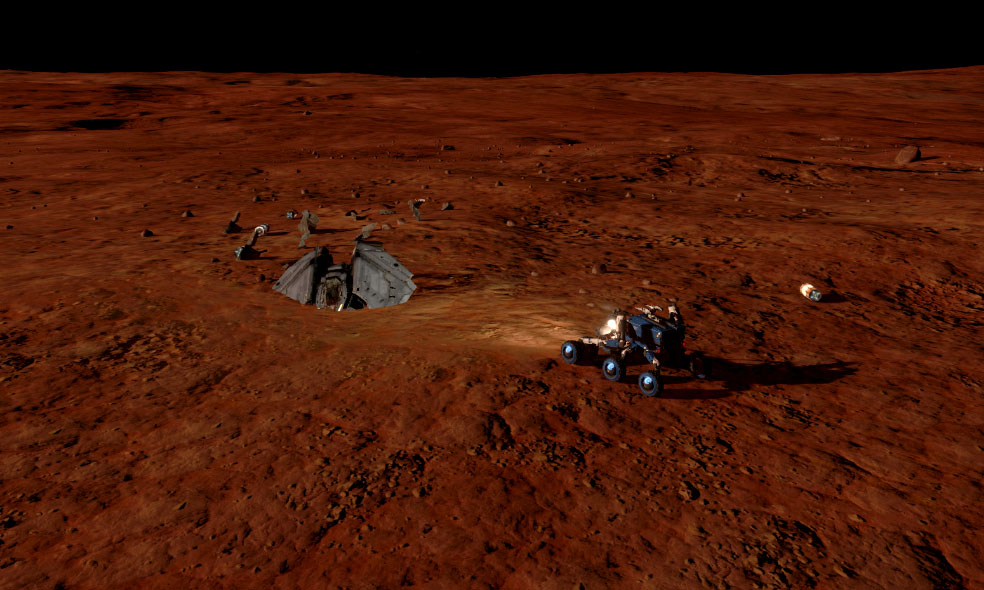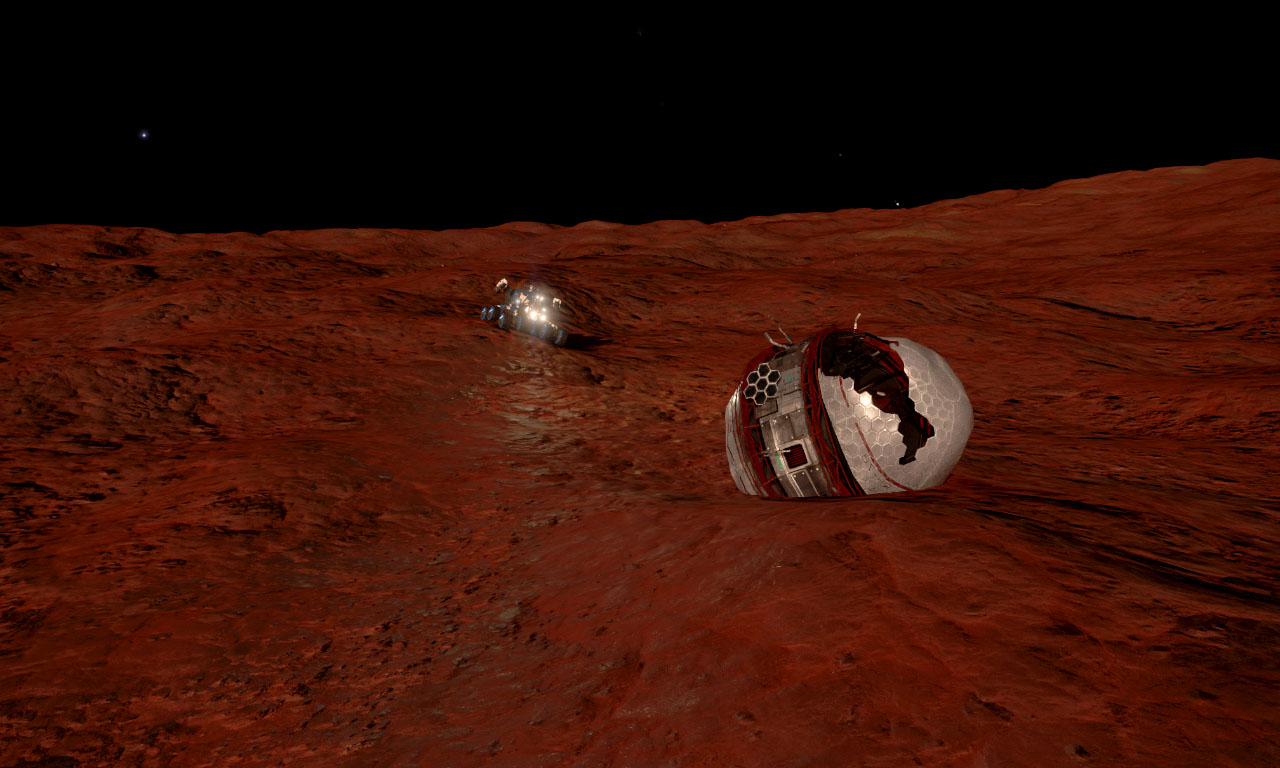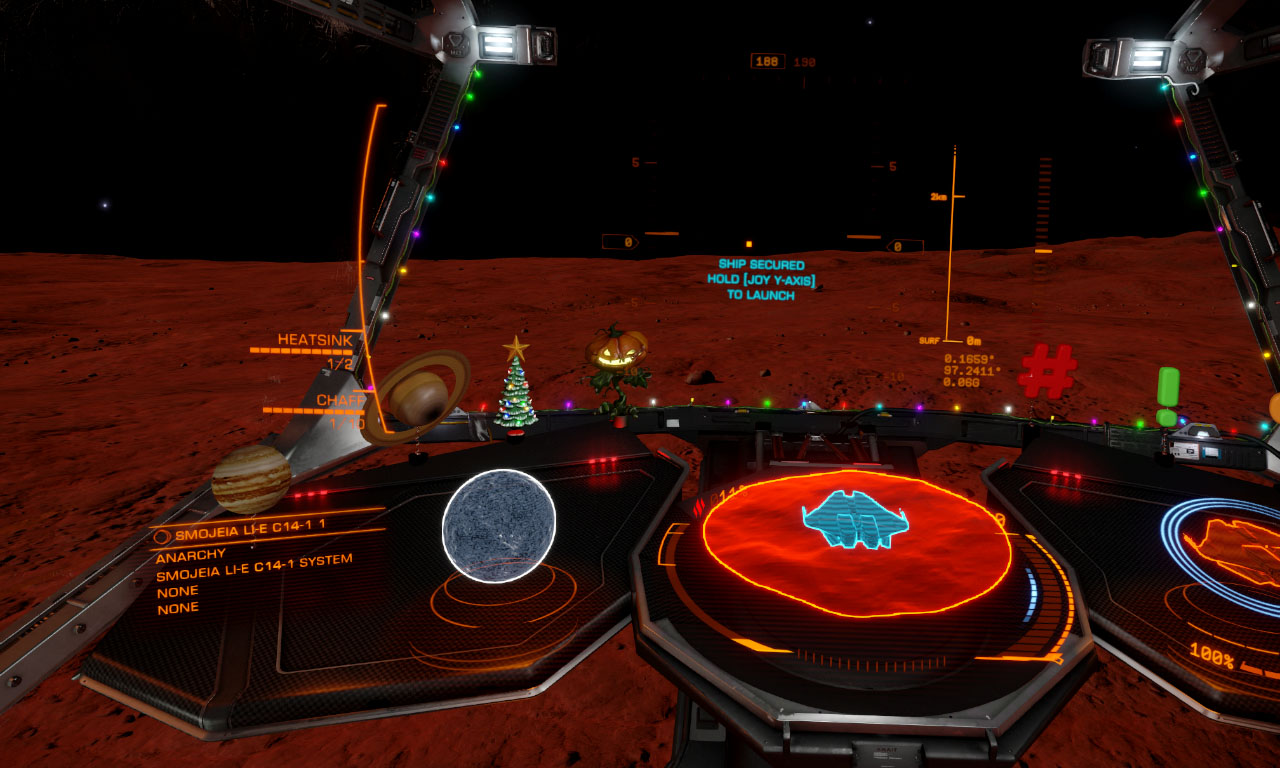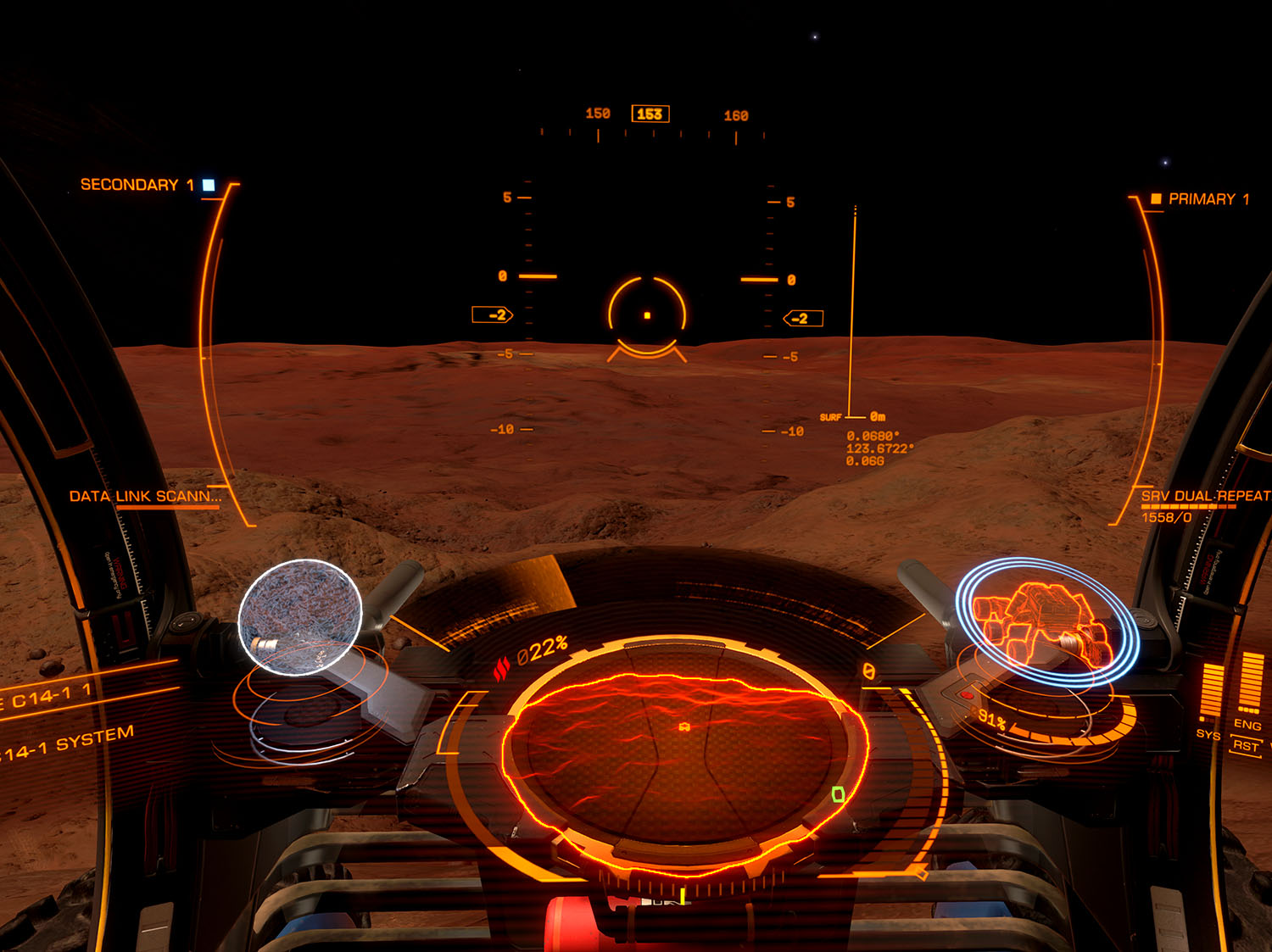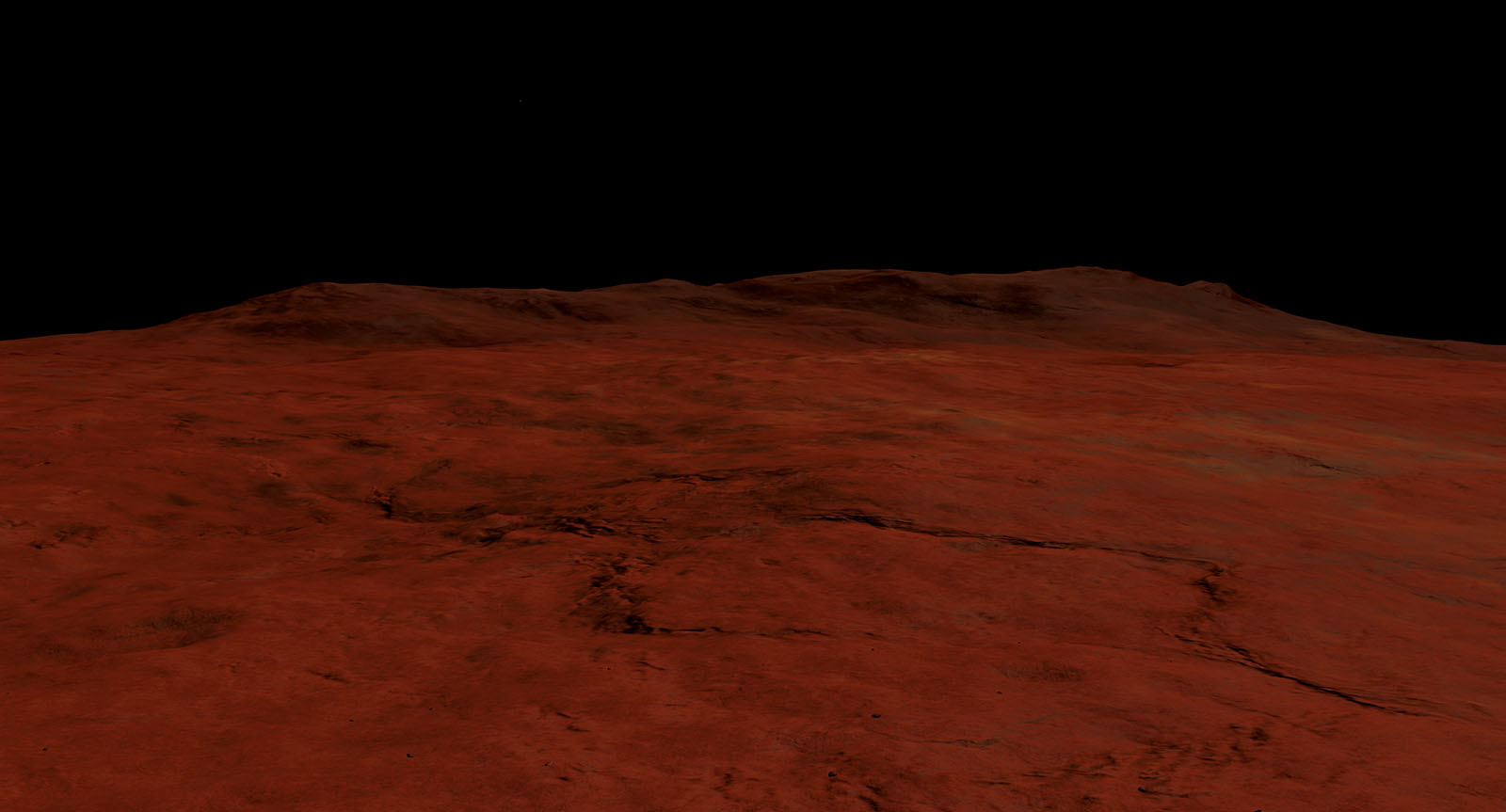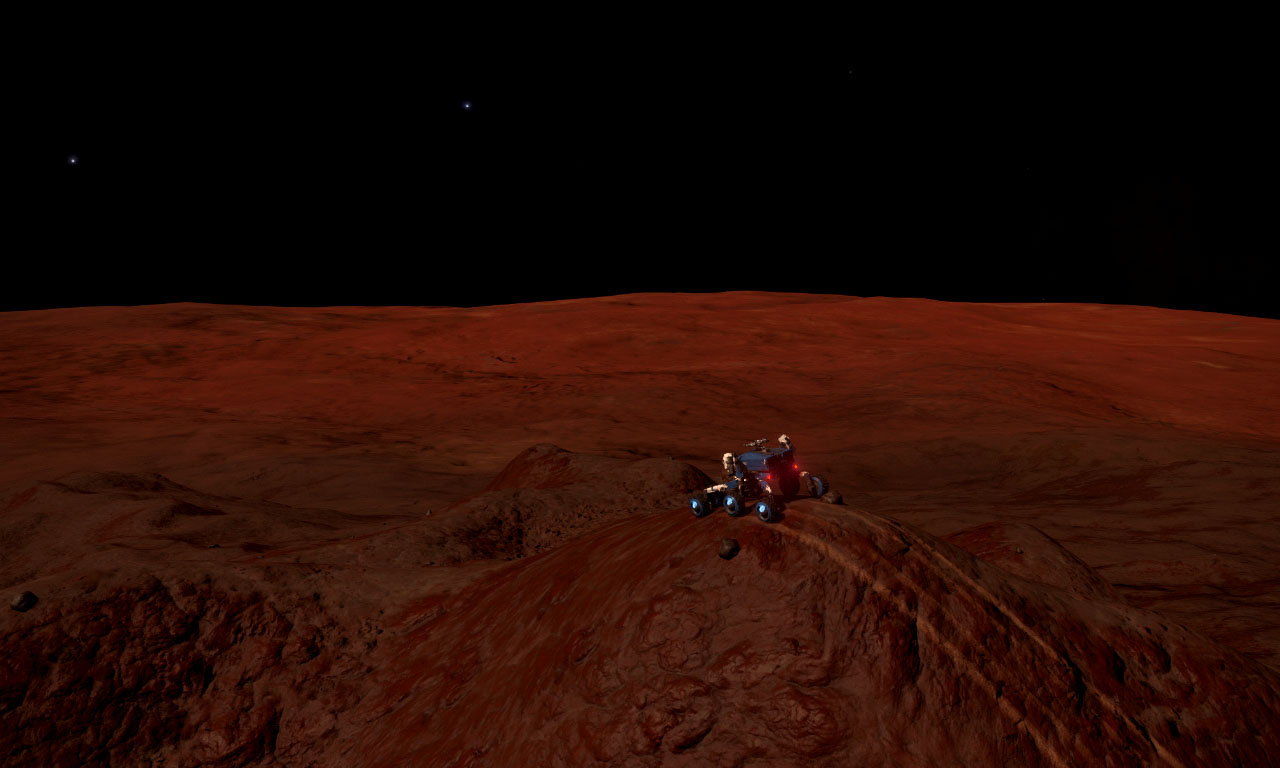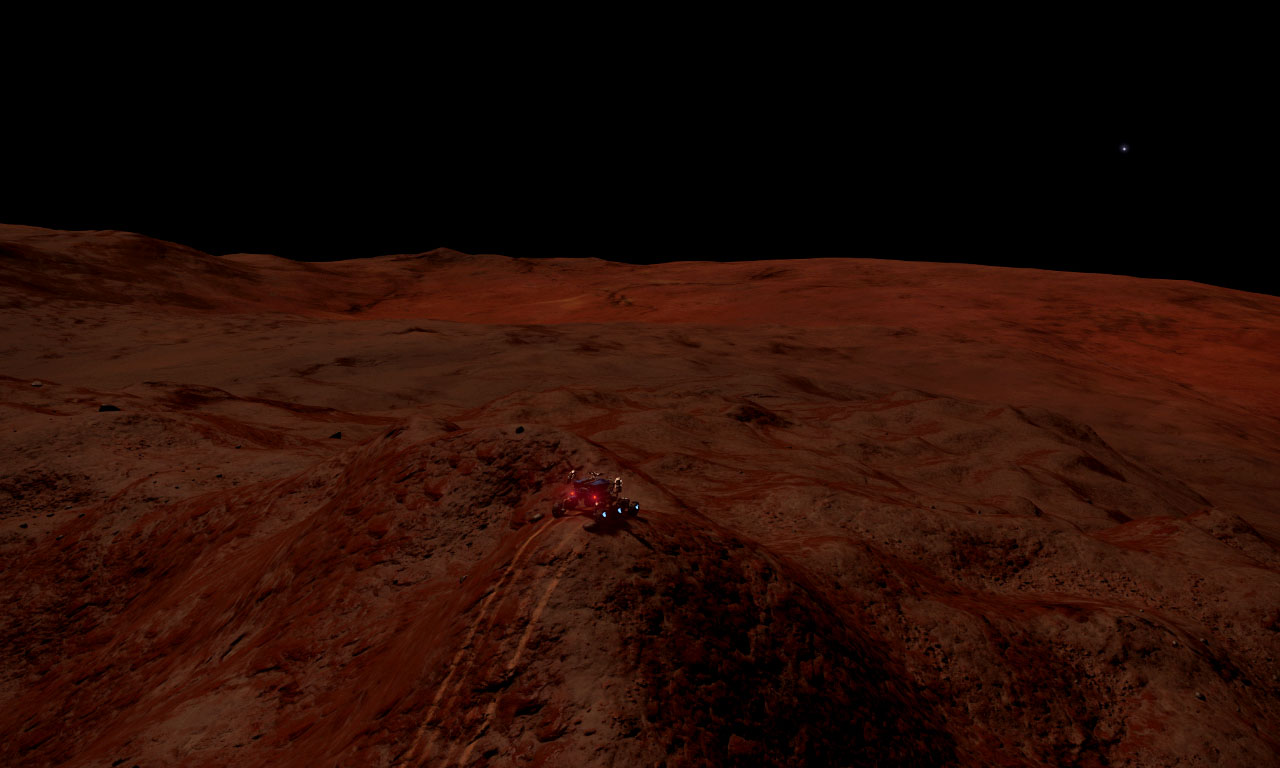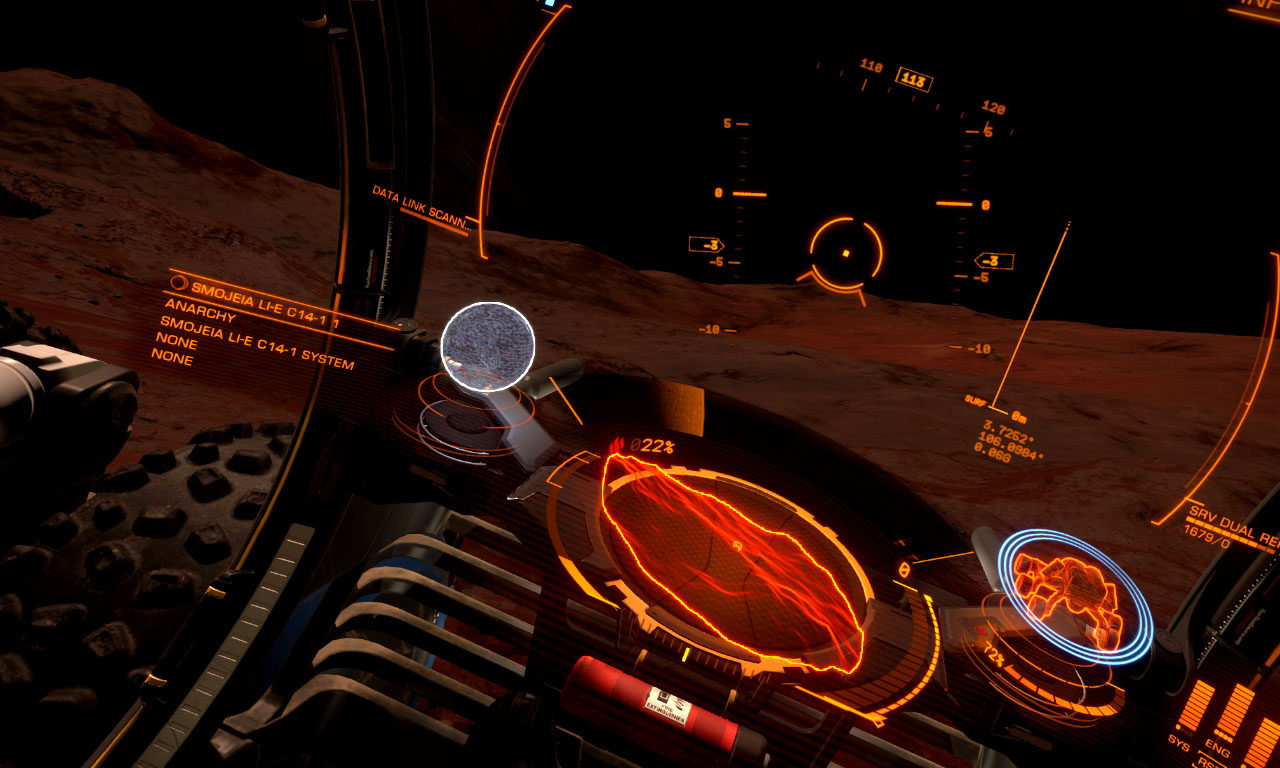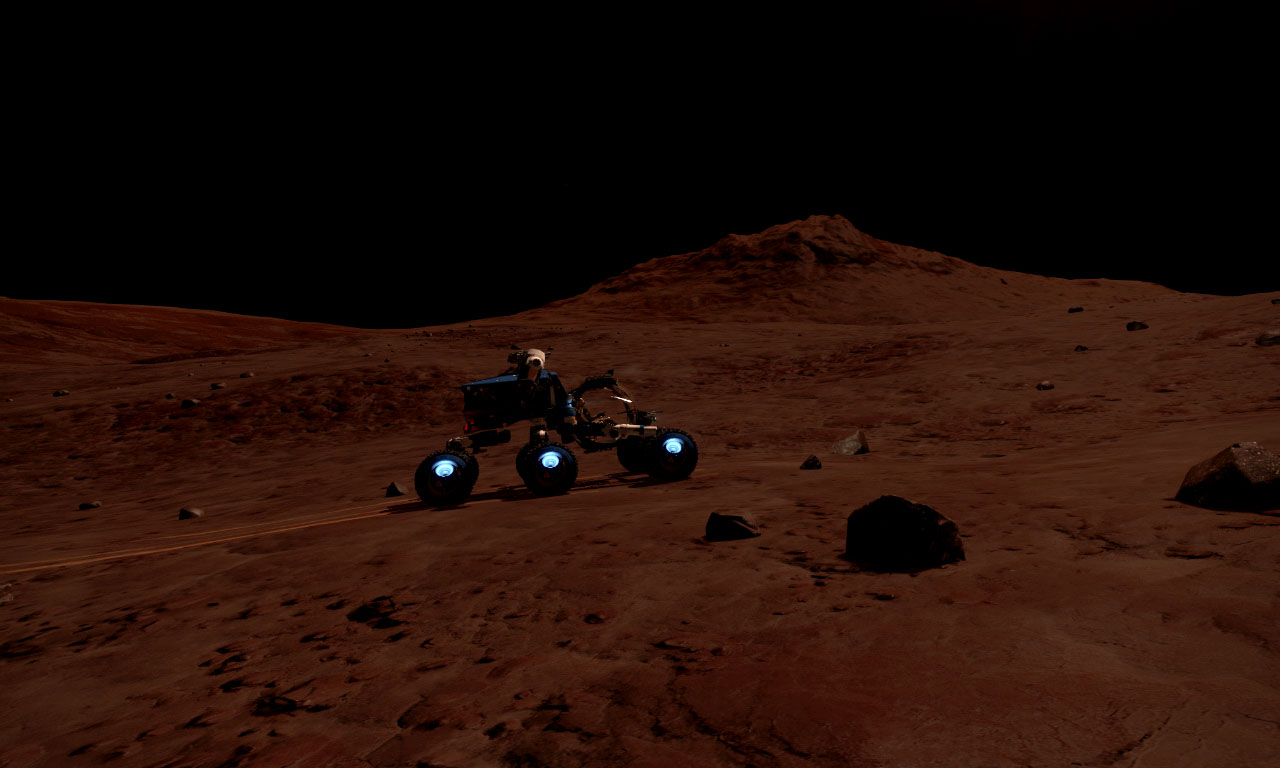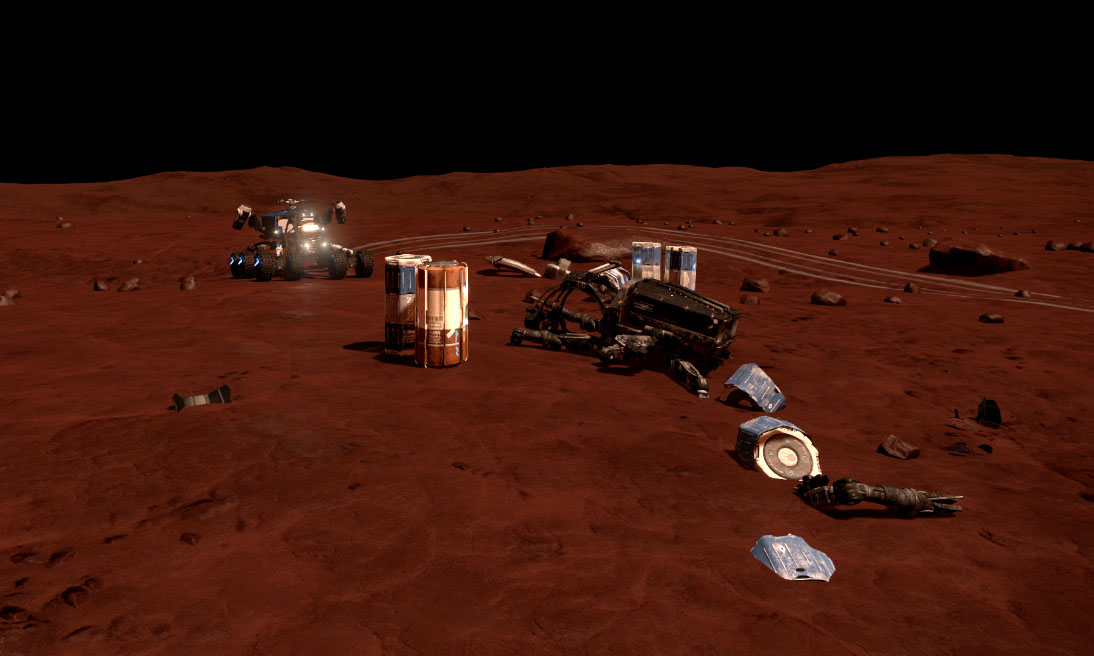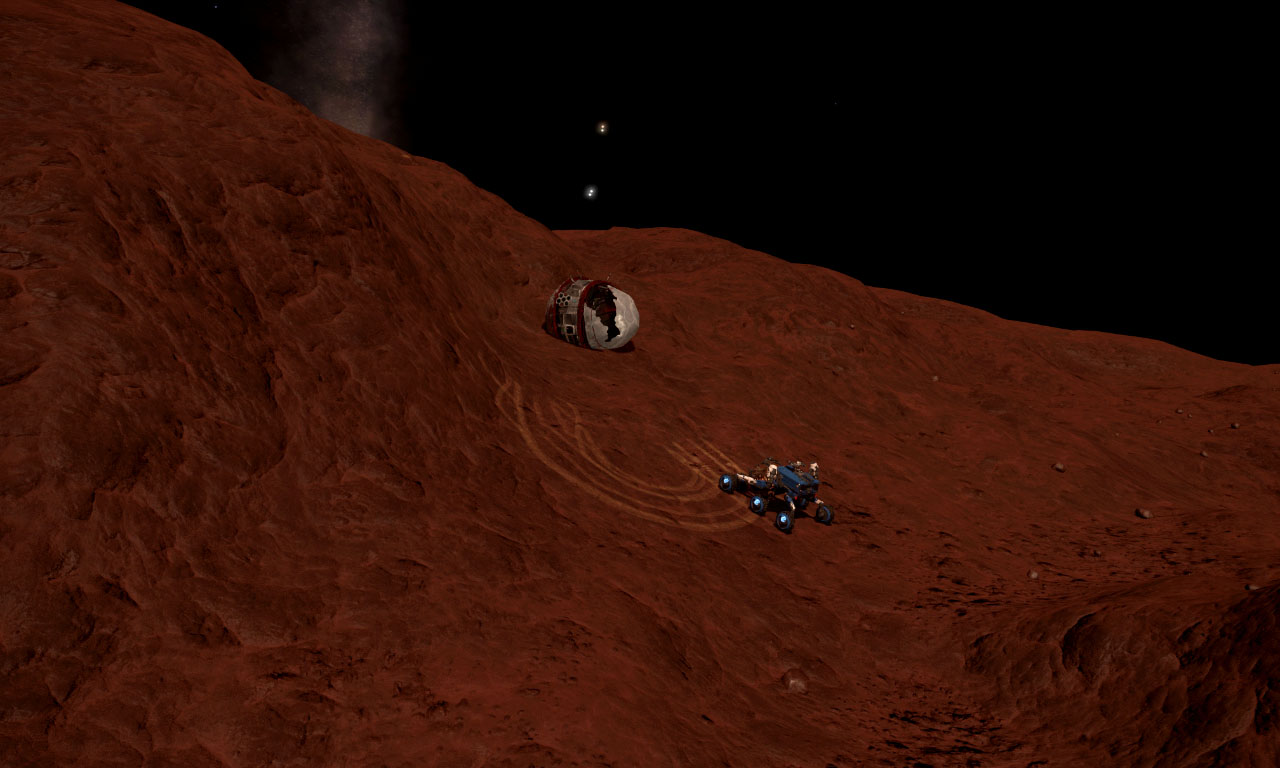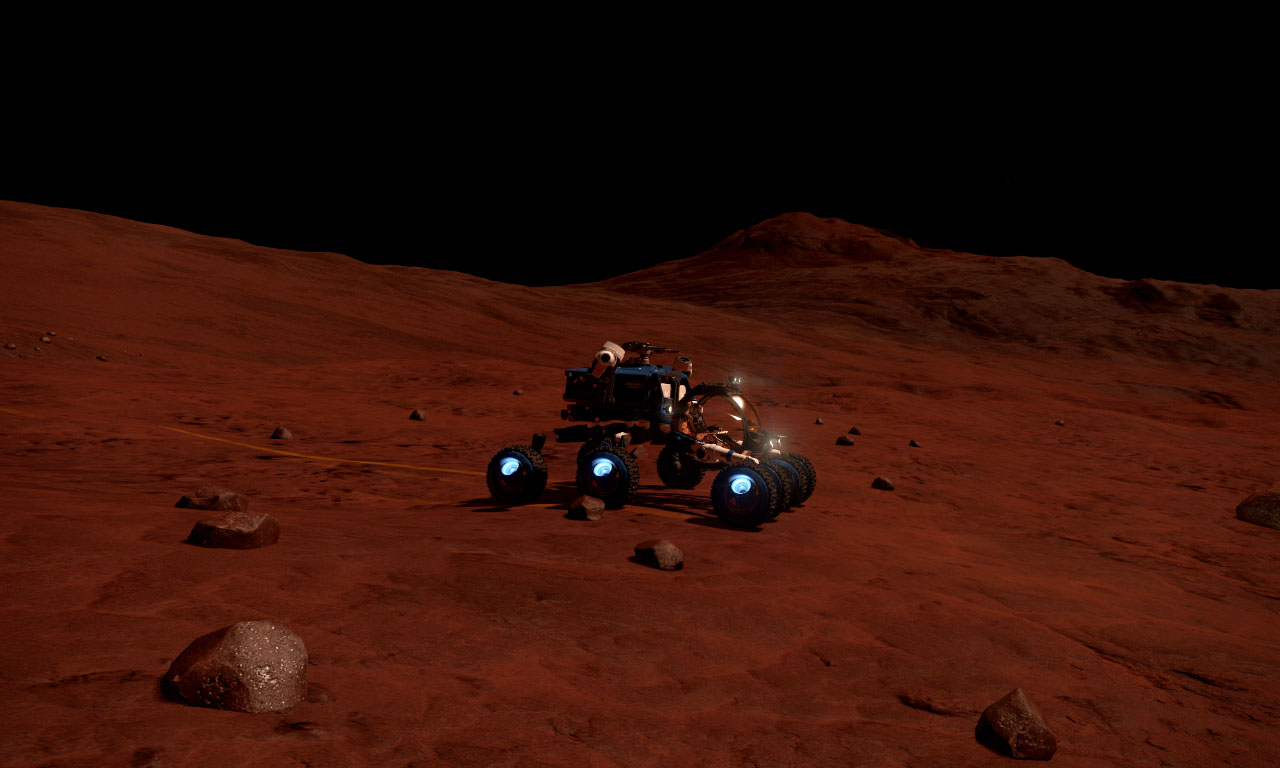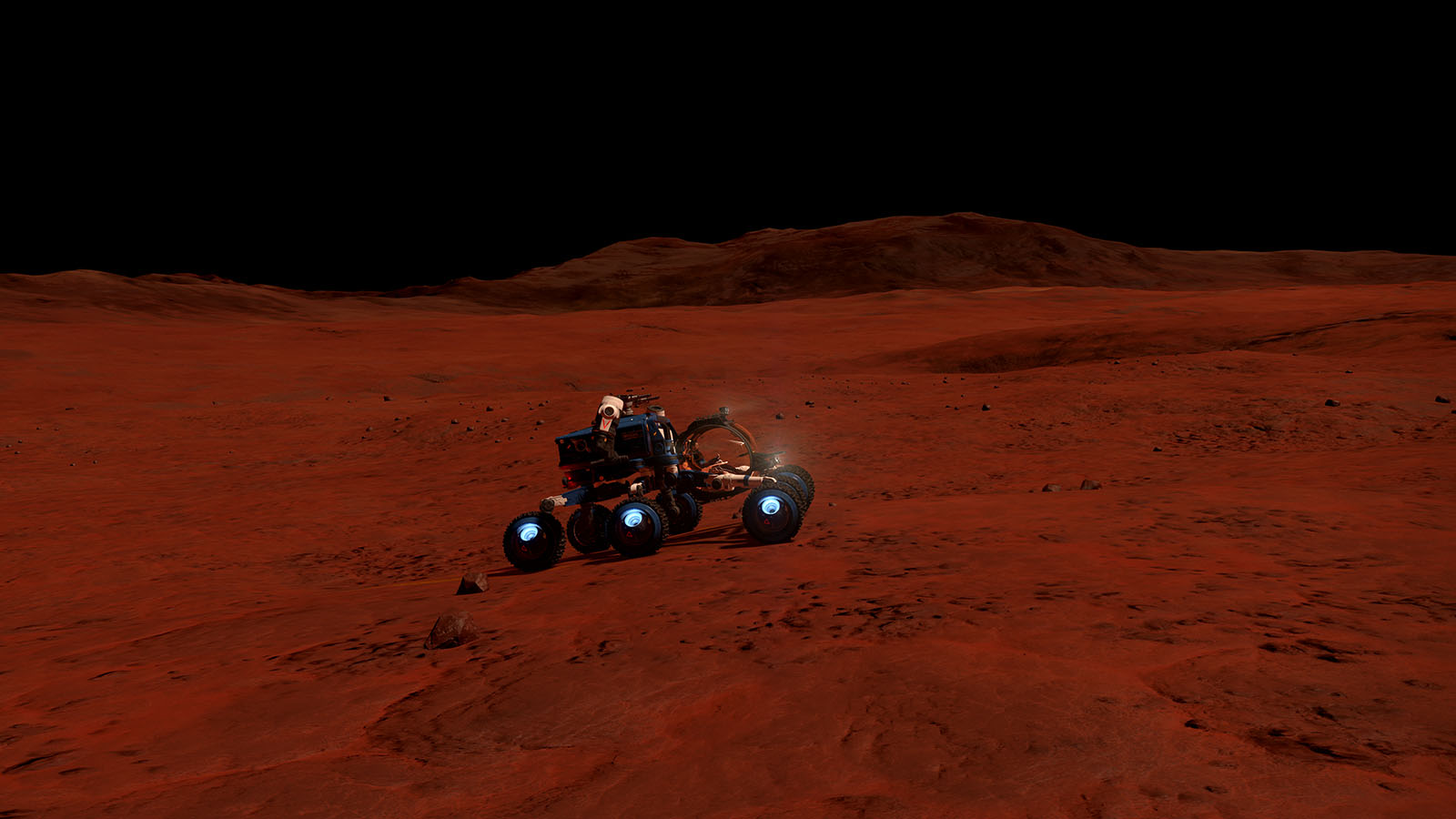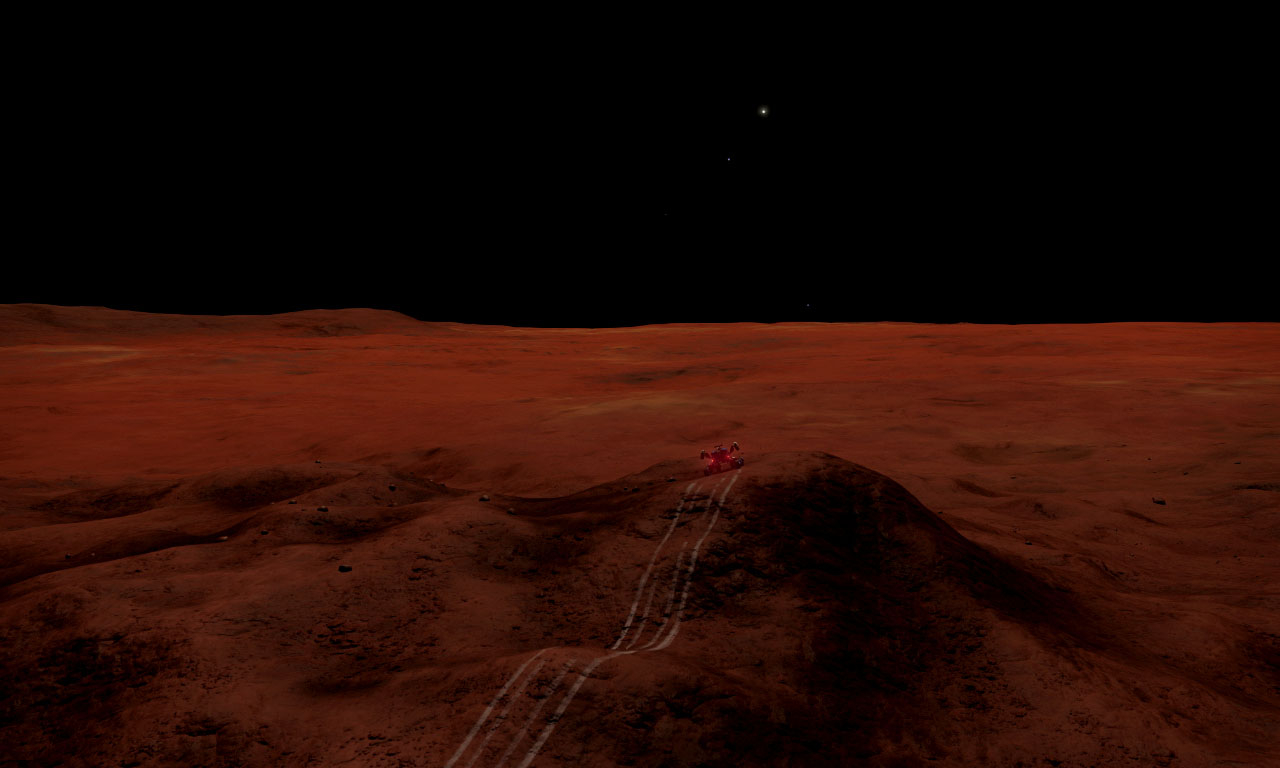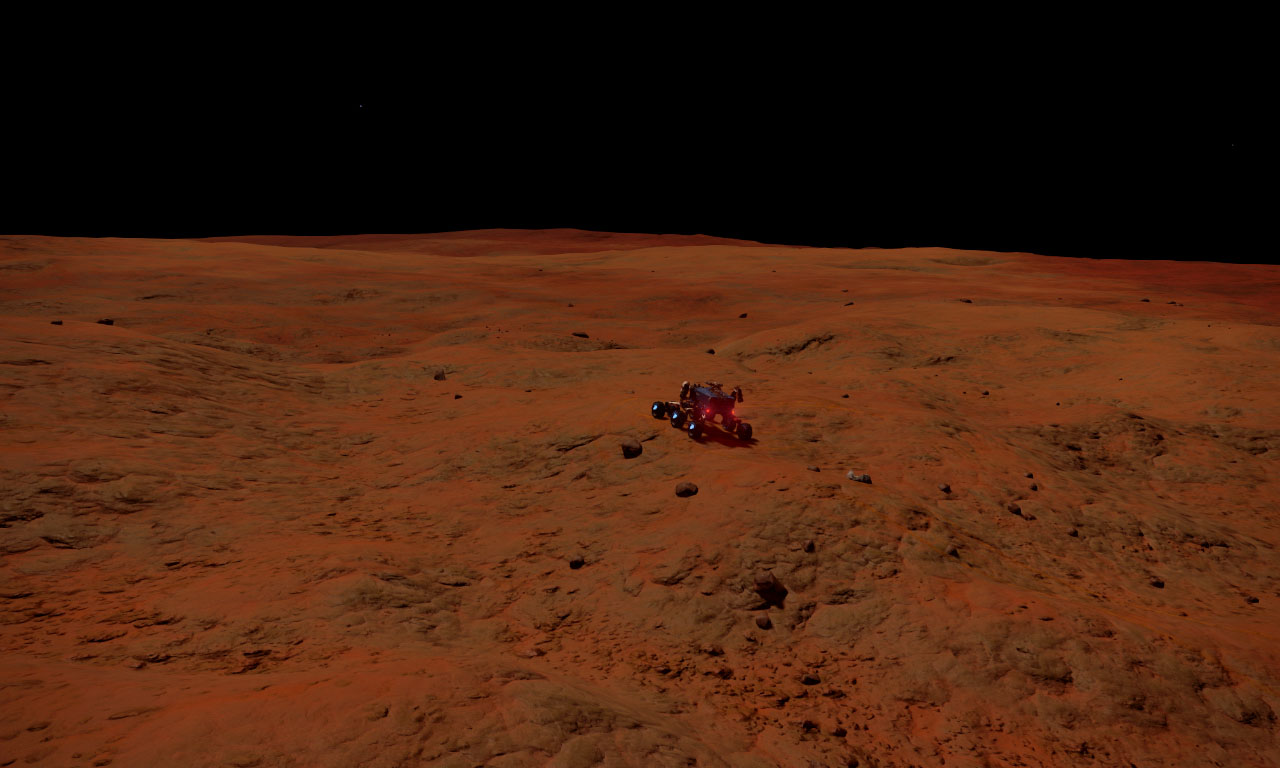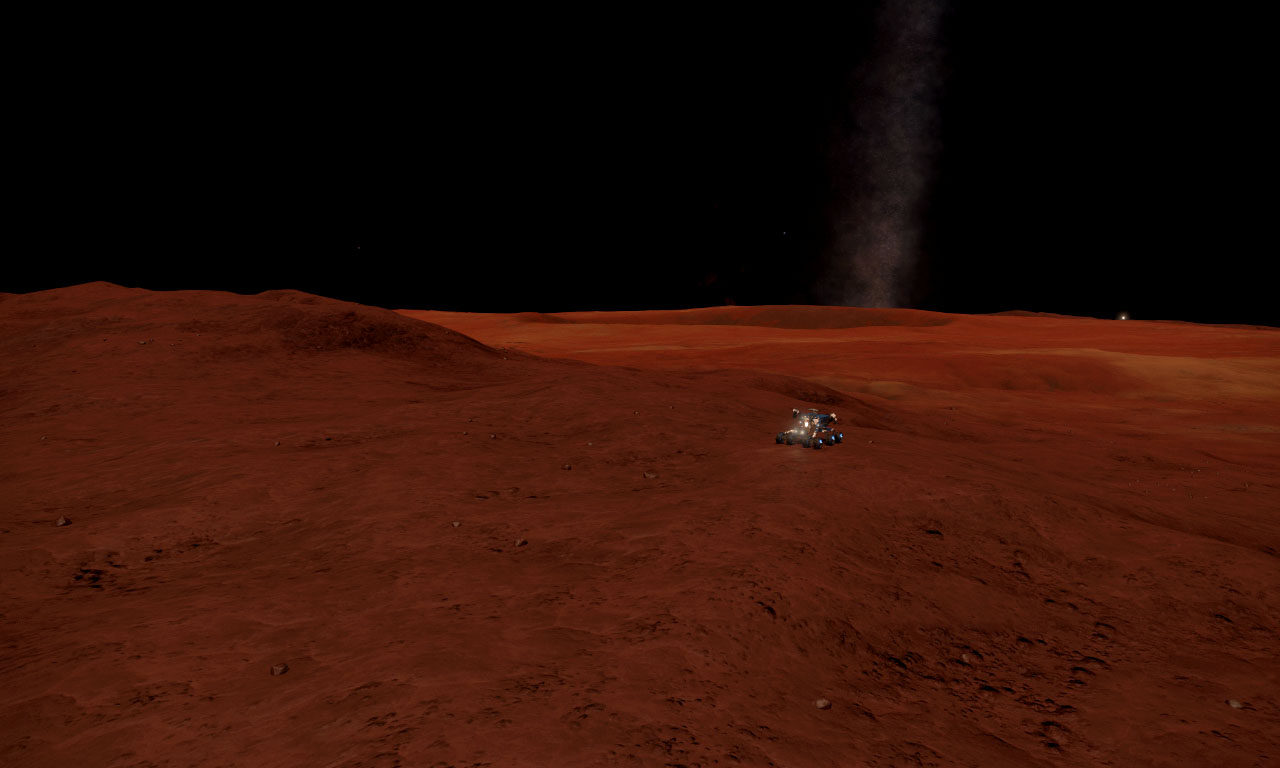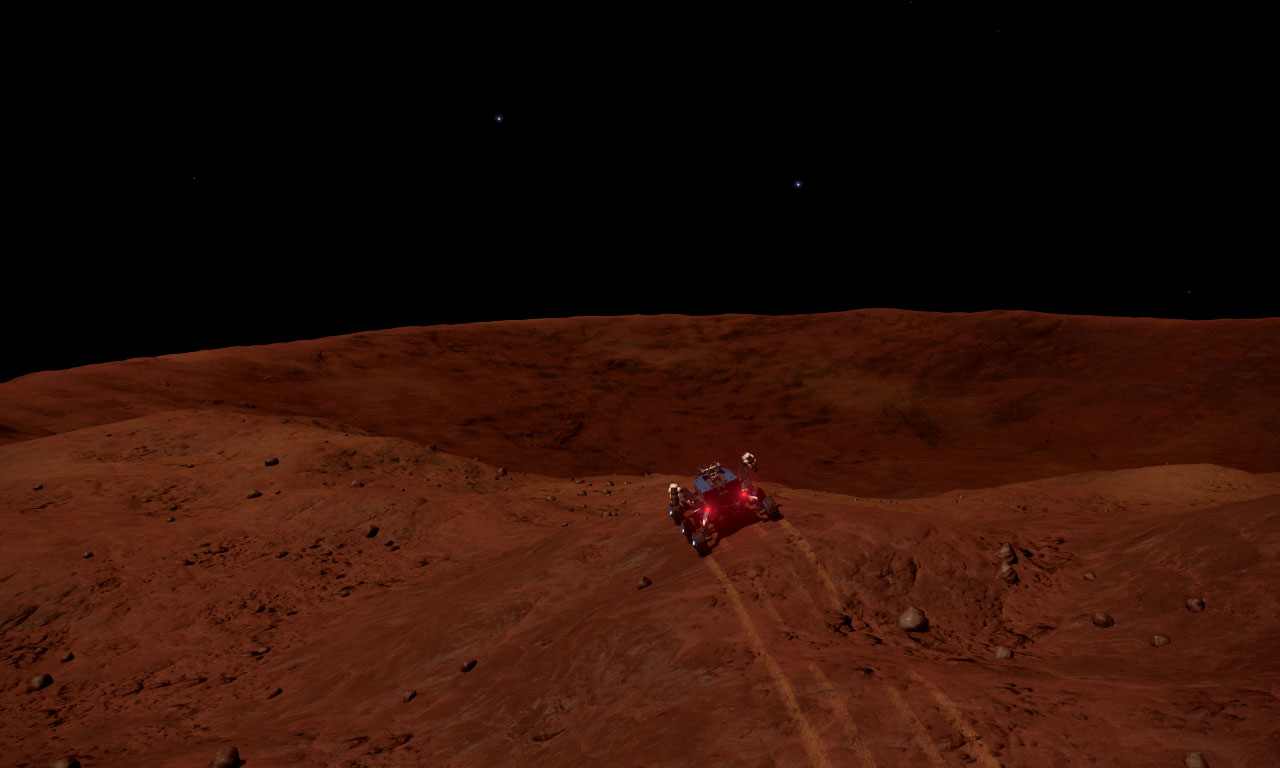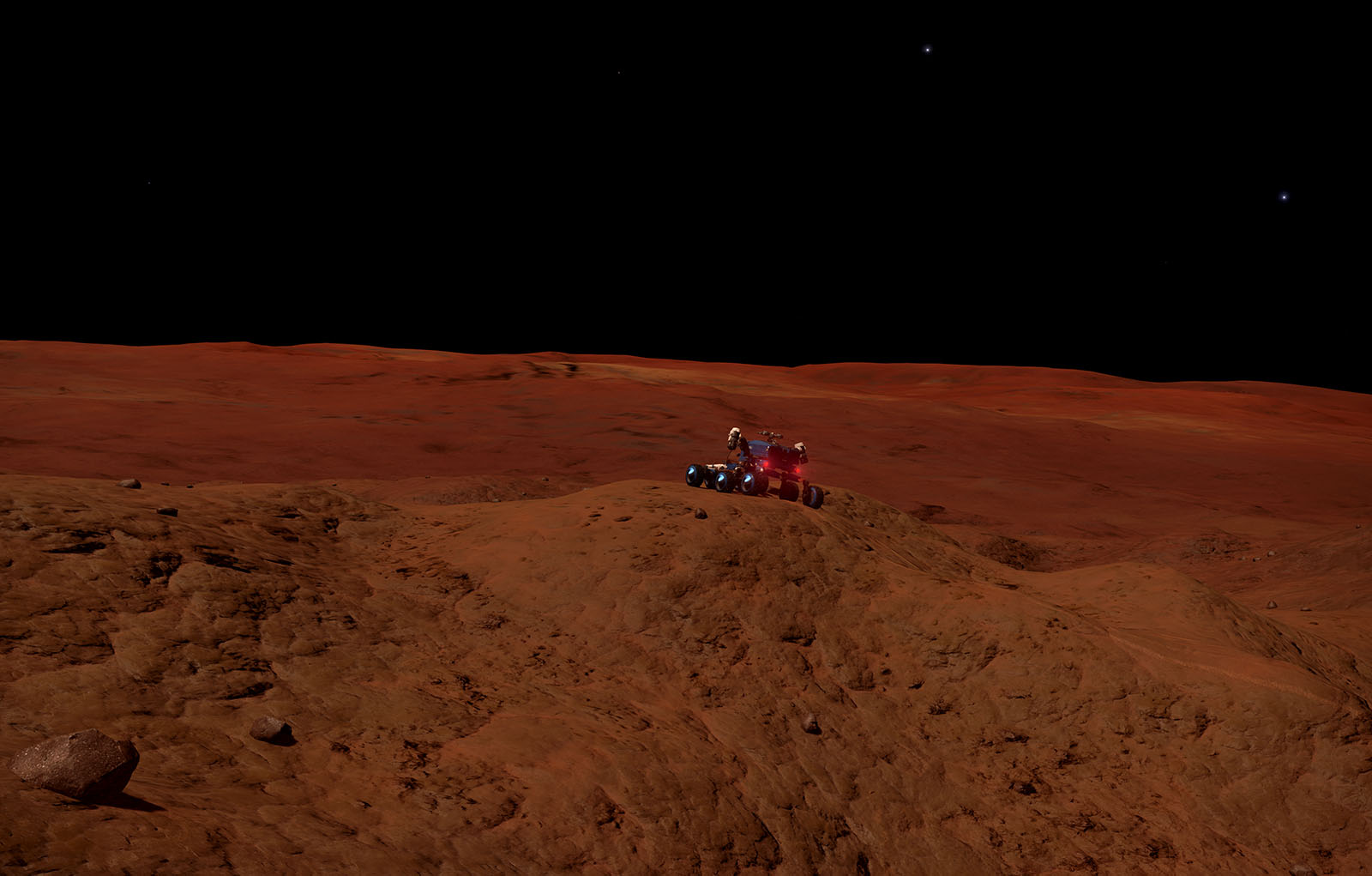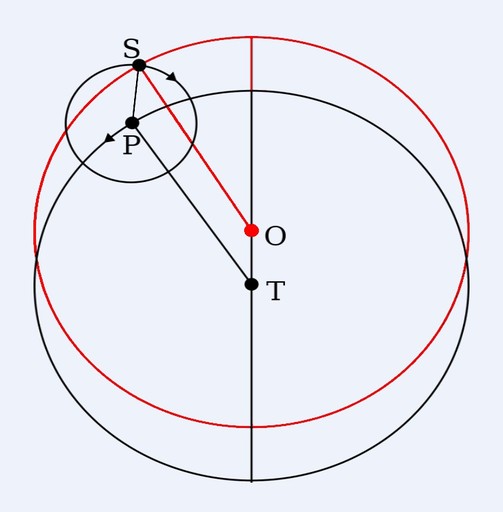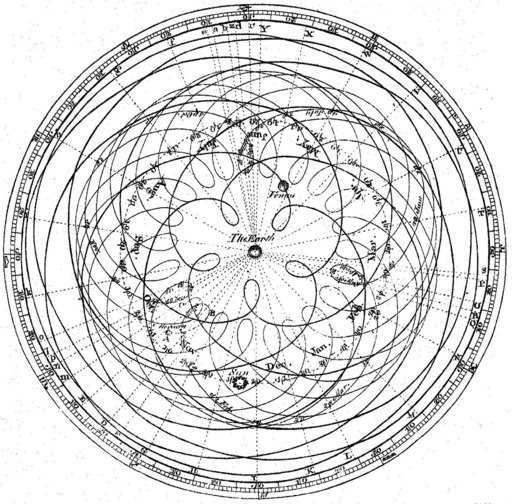
A Mercurial Circumnavigation
I've been inspired by several of the recent planetary circumnavigations, particularly Straha's Meridian circumnavigation that was complete with historical lessons about navigation, and how that tied back into the circumnavigation expedition. So I want to try a small circumnavigation myself, and do something similar, but with my own spin on it. To that end, I'll have some brief historical/scientific context that ties into the theme. I apologize if anyone else has covered the same material, but I don't recall seeing it recently, so I think I'm OK.
I'm playing in VR, which I know for some people would be impossible to do with the SRV for long periods of time. Thankfully I don't suffer from those forms of motion sickness, but we'll see how it goes!
I have 4x SRVs aboard the Astronomia Nova, so I'm covered in case I blow up one or two along the way. I can also switch off just to have different paint jobs, or different COVAS voices to keep me company.
Planetary selection
Note that I'm not driving on Mercury in the Sol system. This expedition is named in the more general sense, of being quick and whimsical, but also a Mercury-like planet.
First, the planet needed to be small, because I know myself, and half way around the planet I'll probably be hating myself and questioning my life choices.
Secondly, the planet needed to be in a tight inner orbit. Like Mercury in our own solar system, I wanted an innermost planet that rapidly progresses through its orbit, for reasons I'll explain in more detail later. Unlike Mercury, the planet I've chosen is incredibly close to its star, and has a "year" of only 1.5 days.
Additionally, it needed to be tidally locked, so that the position of the sun is always an indicator of my progress.
Plus, it needed to be one that I've tagged myself, because I'm a tag snob. I admit it.
While the planet I've chosen is not the smallest, nor the tightest orbit of the planets I've discovered, it has a nice blend of these two features. It's not a pretty planet, nor does it have any particularly remarkable features. But it fits the context of what I'm trying to do. With a radius of 217 km, the circumference (assuming a perfect sphere, which it certainly won't be), will be about 1364 km. It's tiny, but I may try a larger planet again later, depending on how this goes. For now, it's a good step. It also has the added benefit of having Polonium, which has always been a thorn in my side, so hopefully I'll be able to pick some up along the way.
The plan
I intend to start on the day/night terminator, and drive through the daylight side of the planet first, following the equator. This means that the expedition will both start and end with the rising sun. That is, it won't be rising due to the planet's rotation, since it's tidally locked, but rather due to my driving distance. I'll start out driving toward the sun on the horizon, and it will slowly rise for the first 25% of the journey, and then slowly set behind me. The second half of the drive will be on the night side. As the sun starts to appear from beneath the horizon in front of me again, I'll know that I'm almost done. Being so close to the star, with such a tiny orbit, the sun will loom large overhead, while on the day side. And with the short orbital period, "years" will go by as I circumnavigate, meaning that the celestial sphere overhead will be constantly changing.
And the celestial sphere is exactly where my historical/scientific discussion will begin. From there, we'll look at planetary motion and historical solar system models, and eventually come full circle about why the planet Mercury is interesting in this historical context.
As of this writing, I just sold my remaining data at Medusa's Rock in the Crescent Nebula, and have less than an hour's flight to get to the chosen planet and begin.
Planetary Details
| Planet: | Smojeia LI-E c14-1 1 |
| Type: | Metal-rich body (Landable) |
| Distance to arrival: | 11 ls |
| Earth masses: | 0.0001 |
| Radius: | 217 km |
| Surface temperature: | 1,092 K |
| Gravity: | 0.06 G |
| Orbital period: | 1.5 d |
| Rotational period: | 1.5 d (Tidally Locked) |
| Approximate circumference: | 1363.45 km |
